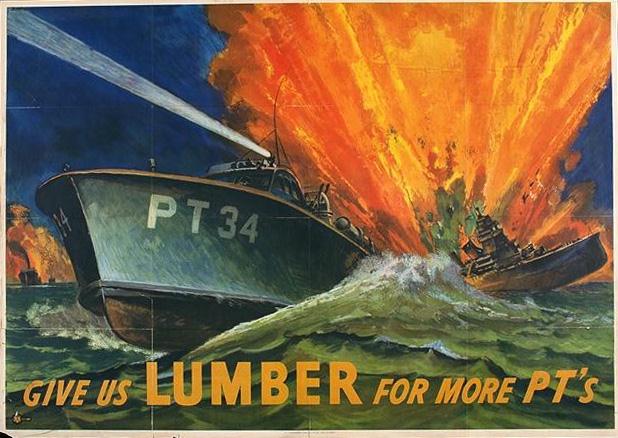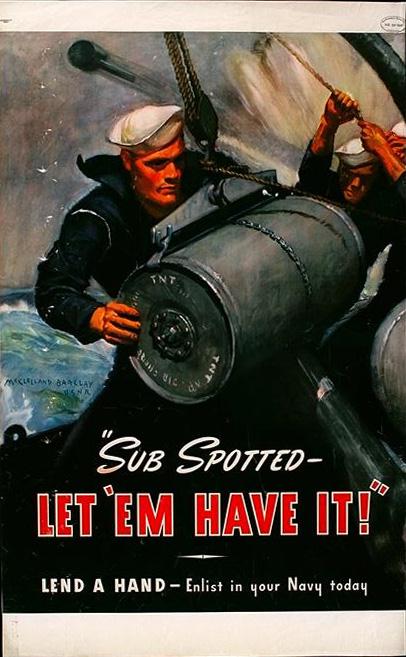|
|
Remembering Pearl Harbor! |
|
 |
| December 7, 2009 Today is the 68th anniversary of the
Japanese attack on Pearl Harbor, The attack by the Imperial
Japanese Navy took place on December 7, 1941 and resulted in
deaths of more than 2,000 Americans. |
|
 |
| It was a Sunday morning. Many sailors were still sleeping in
their quarters, aboard their ships. Some were sleeping on land.
At 7:02 a.m. at the Opana Radar Station on Oahu, privates Joseph
Lockhard & George Elliott saw something on their screen. It
looked like a lot of planes flying toward them. Opana's was the
only radar turned on just then, and it was on only for training.
The other radar stations had been turned off. It was standard
procedure. |
|
 |
| Following standard procedure, Lockhard and Elliott reported
what they saw. (Click here for an eyewitness account of the
attack.) The commanding officer on duty knew that a squadron of
American planes was due in from California about the same time.
Reasoning that what Lockhard and Elliott saw was that squadron
of American planes, the commanding officer told the two privates
not to worry. What they didn't know and what nobody in America
knew was that Japanese planes had taken off at 6 a.m. from
aircraft carriers 230 miles away. What nobody in America thought
was possible was happening: The Japanese were attacking Pearl
harbor. |
|
 |
| At 7:55, the Japanese attacked with deadly force. The first
wave of 183 planes dropped bombs and fired bullets at the almost
defenseless American ships in Pearl Harbor and planes at three
nearby airfields. A second wave of 167 planes followed about an
hour later. American sailors fought back, struggling to get
their planes off the ground and fire their guns at targets they
couldn't quite see. A fleet of midget submarines was also part
of the Japanese attack. These subs dropped deadly torpedoes,
which had been modified with wooden fins to run their course in
the shallow waters of Pearl Harbor. |
|
 |
| When the attack was finished, 21 of the 96 ships at
anchor had been sunk and others had been severely damaged. Of
the 394 planes at Hickam, Wheeler, and Bellows airfields, 188
were destroyed and 159 were damaged. The death total was 2,403
(including 68 civilians). The wounded total was 1,178. |
|
 |
| Eight battleships were damaged in the attack, along with
three destroyers and four other smaller ships. Among the
battleship casualties: * The USS Arizona was struck by a
torpedo, which hit a gun magazine. The ship went down in 9
minutes, killing 1,177 aboard.
* The USS Oklahoma rolled over on its side, pinning many men
inside and underwater. Some were rescued; many were not. Of the
crew of 1,301, 429 died.
* The USS West Virginia was struck numerous times by both
torpedoes and bombs. It sank.
* The USS Nevada was struck numerous times by both torpedoes
and bombs. After the first wave, the Nevada tried to get out to
sea through the narrow channel leading into the harbor. The
Nevada had almost made it when the second wave of Japanese
planes attacked. The planes tried to sink the Nevada and block
the channel, but the Nevada chose to beach itself instead.
Two other smaller ships, the Shaw and the Oglala, were badly
damaged. (The Oglala capsized.) The Vestal was beached. The
Utah, which had been a target ship for the U.S. military, was
itself sunk in the attack. |
|
 |
| The Japanese attack force lost 29 planes and a handful of
midget submarines. In a little more than two hours, the
Japanese had sunk 21 ships and killed more than 2,000 Americans.
It was a devastating blow.
However, the American aircraft carriers were not in port.
They were out to sea. As later results would prove, the aircraft
carrier was the dominant ship in the navy. By not sinking the
American carriers, the Japanese left the American left fleet
largely intact. Of the 21 ships that were sunk on December 7,
1941, all but three were eventually refitted and sailed again
under the American flag during the war. |
|
 |
| When U.S. President Franklin D. Roosevelt asked Congress to
declare war on Japan the day after the attack, the answer was a
resounding yes. An American that had been deeply divided over
how much aid to give the Allies was not united in a common
purpose: make the Japanese pay for their attack and rid the
world of Nazism and Fascism. Admiral Isoruku Yamamoto, who had
planned the Japanese attack on Pearl Harbor, had studied at
Harvard University and knew well the temperament and
capabilities of the American people. He had warned others in the
Japanese government that for the Pearl Harbor attack to succeed,
it must be a crushing blow.
The attack was devastating, yes, but it wasn't a crushing
blow. Moreover, it gave the American soldiers and their families
a rallying cry that carried them through to the end of the war:
"Remember Pearl Harbor." |
|
 |
| |
 |
|
 |
|
|